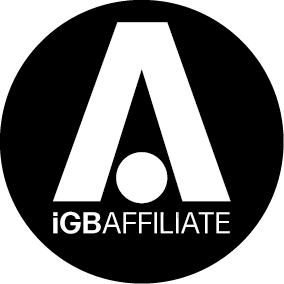Cada stand de feria es un pequeño lugar de trabajo y, por tanto, necesita una Evaluación de Riesgos. En España, existe una obligación legal, de acuerdo con la Ley de Prevención de Riesgos Laborales 31/95, Art. 30, que los expositores realicen Evaluaciones de Riesgos para sus actividades. La Evaluación de Riesgos debe identificar todos los riesgos y debe completarse antes de llegar al recinto. La Evaluación de Riesgos es una responsabilidad de la dirección que debe ser llevada a cabo por personal competente que haya sido formado para realizar una Evaluación de Riesgos y que tenga conocimientos sobre el evento o la actividad. Su Evaluación de Riesgos para iGB Affiliate debe identificar y evaluar los riesgos relacionados con la construcción y el desmontaje de su stand y detallar la forma en que minimizará y controlará los peligros y riesgos que haya identificado.
El enfoque más aceptado en el sector de los eventos es el de los cinco pasos:
- Busque los peligros: ¿Cómo y cuándo se realizará el trabajo, en qué parte del stand trabajará cada uno de los oficios implicados? ¿Qué equipos, materiales y productos químicos se utilizarán? ¿Cuánto ruido y polvo habrá? ¿Dónde se moverán y levantarán los vehículos?
- Decida quién podría resultar perjudicado y cómo: ¿A quién afectará su trabajo y quién corre más riesgos? Piense en sus empleados, contratistas o expositores en su stand o cerca de él, hasta los propios visitantes. La seguridad en el trabajo depende de la cooperación entre las empresas del lugar, así que téngalo en cuenta y considere las precauciones necesarias en todos los aspectos del trabajo que se va a realizar.
- Evalúe los riesgos: Una vez que haya hecho esto adecuadamente, podrá decidir la acción apropiada. Pregúntese (a) ¿Puede eliminarse el riesgo por completo o hacerse de otra manera? (b) Si el riesgo no puede eliminarse, ¿puede controlarse? (c) ¿Pueden tomarse medidas de protección que protejan a toda la plantilla in situ?
- Anota las conclusiones: Anota los resultados de la evaluación de riesgos. Transmita la información sobre los riesgos importantes a las personas identificadas en el paso 2 y anote las medidas que ha adoptado para controlarlos.
- Revisa tus conclusiones.
Si desea más información sobre cómo redactar una evaluación de riesgos o descargar una plantilla, haga clic aquí. Si tiene más preguntas sobre la elaboración de una evaluación de riesgos, póngase en contacto con nuestro equipo de Customer Success.
Deberá presentar una copia de la evaluación de riesgos como parte de su plan de stand dentro del plazo publicado.
